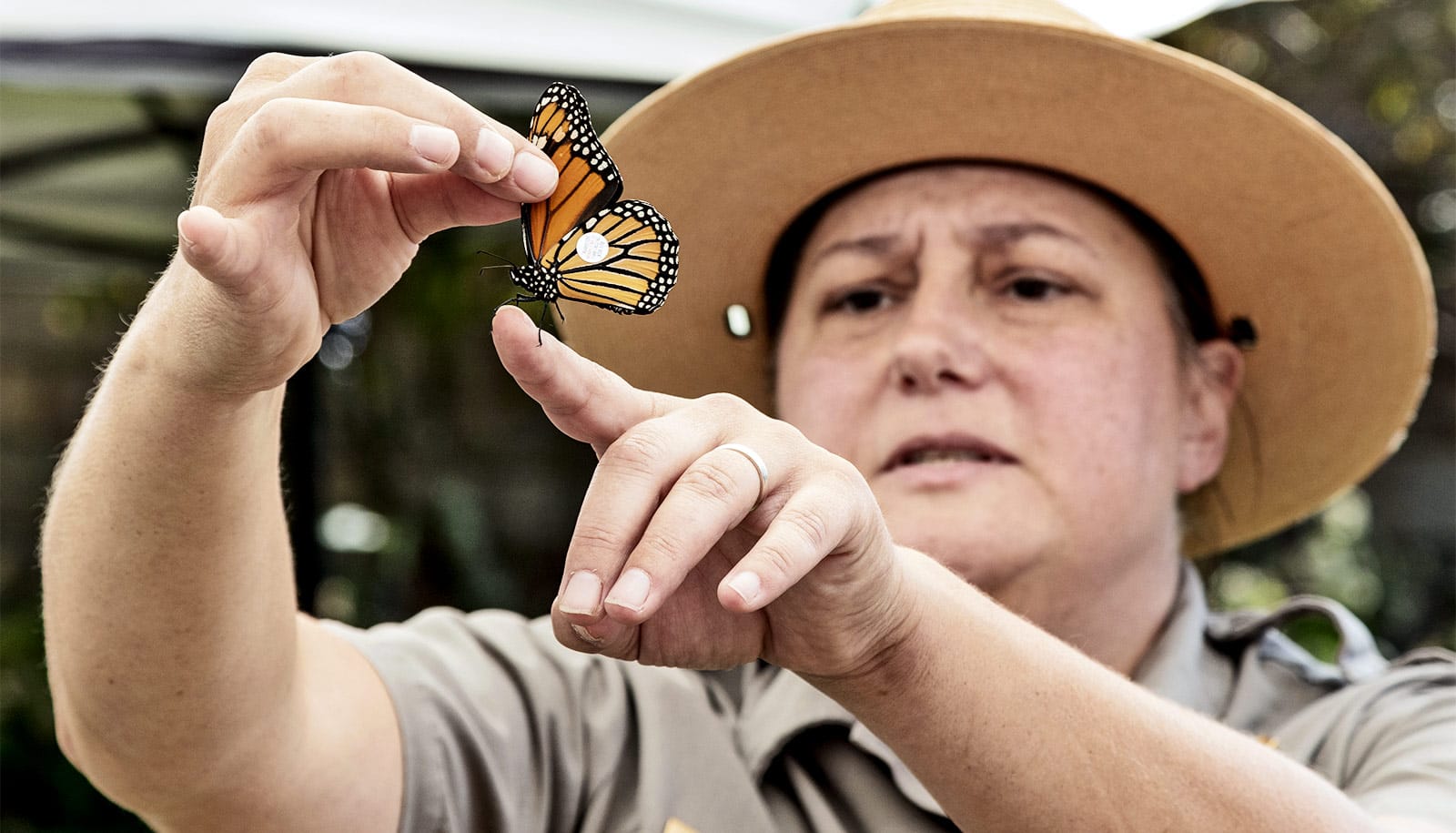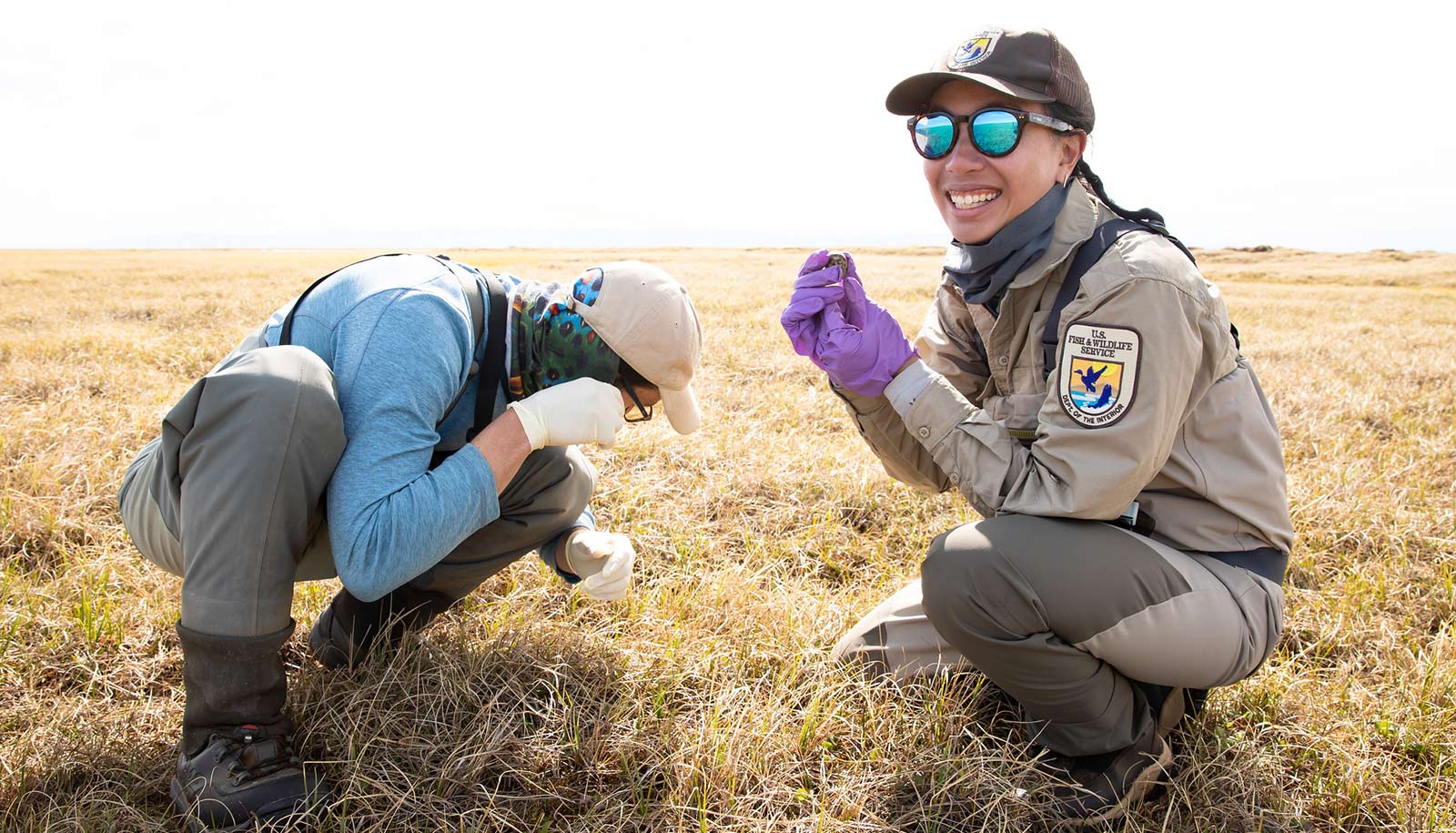Research indicates that failing to tell a story may contribute to a lack of trust in science, such as doubt about climate change.
“Narrative affects an audience’s perception of the person who is delivering the message,” says Melanie Green, a professor of communication in the University at Buffalo.
Green is coauthor of a new study that turns the rich literature of person-perception on its head to look at how the nature of the message affects our perception of the person delivering it, rather than how the person affects our perception of the message.
“Both qualities—warmth and competence—can increase together.”
“Our findings suggest that telling stories when communicating can make the speaker appear more warm and trustworthy, as opposed to speaking some other way, such as providing only statistics and figures,” says Green, a social psychologist and an expert on narrative persuasion and the power of storytelling.
Research in science communication inspired the new work. “We wanted to explore why people are sometimes distrusting of what amounts to the best possible evidence we have on many issues,” Green says.
People rely on two qualities in particular when forming impressions of someone: warmth and competence, according to Green. Warmth is defined as being friendly, helpful, and trustworthy, while competence relates to ability, intelligence, and skill.
Previous research indicates that people perceive scientists as smart but distant, and high in competence but low in warmth—a deficiency that implies a lack of trustworthiness.
“That perception might be a communication barrier that’s responsible for people believing that regardless of someone’s ability, they still might not have the best interests of others in mind,” says Green.
“We worked from the idea of science communication, but the results can be applied whenever there’s someone perceived as high in competence, but cold and distant.”
“Telling a story might be a way to improve that perception of warmth because stories create empathy, and we begin to appreciate what characters in the narrative are going through.”
Testing trust in science
The researchers conducted three studies with between 235 and 255 participants. In the first two studies, people read a scenario that required them to give advice on a bank or vacation destination, using either storytelling or statistical information, such as describing how a family member was able to secure home financing because of the efforts of a loan officer or running through the bank’s interest rates and level of customer satisfaction.
In the later study, people again told stories or provided statistics, with the listener then deciding with whom they wanted to work on a specific task.
For each study, there was clear support for message features, like the types of evidence inherent in stories or statistics, influencing perception of the source.
Why do science communicators resist?
Green says she understands the hesitancy about scientists telling stories. She’s one of those scientists, and realizes the risks of people drawing conclusions beyond the findings of established research.
“As scientists we’re trained to be careful about the limits of our data and to be precise. One story is not going to explain everything,” she says. “But there are many types of stories, and we can discuss things like how data were collected; why the research team came together; what interests us most about this field of study.
“These kinds of stories keep things precise, but help create warmth and trustworthiness without treading on scientific ideals.”
And that trustworthiness does not necessarily come at the expense of competence, she notes.
“We do have evidence for a general positive effect,” says Green. “Both qualities—warmth and competence—can increase together.”
Additional researchers from Duke University and the Agency for Science, Technology, and Research in Singapore contributed to the work.
The research appears in PLOS ONE.
Source: University at Buffalo



